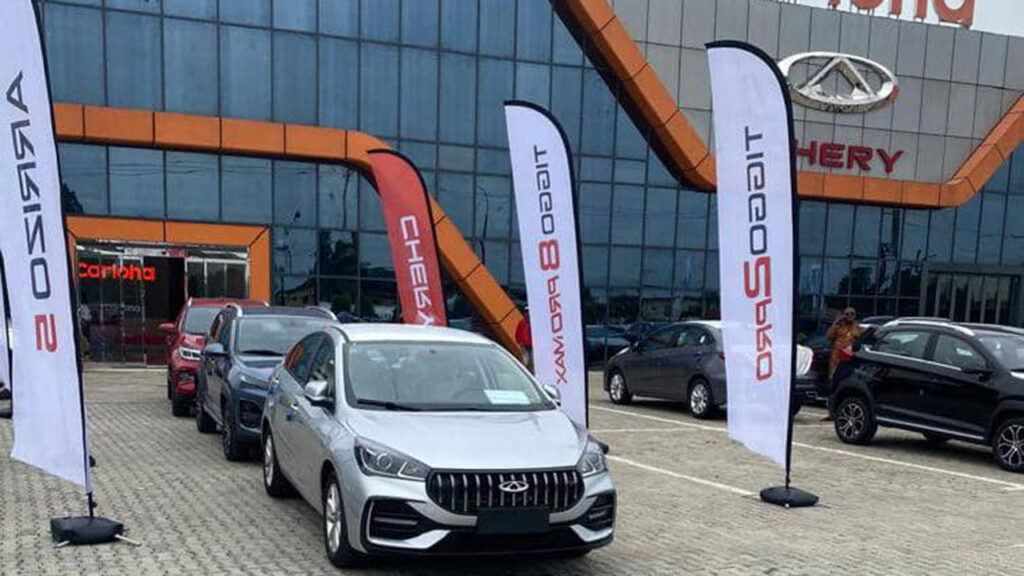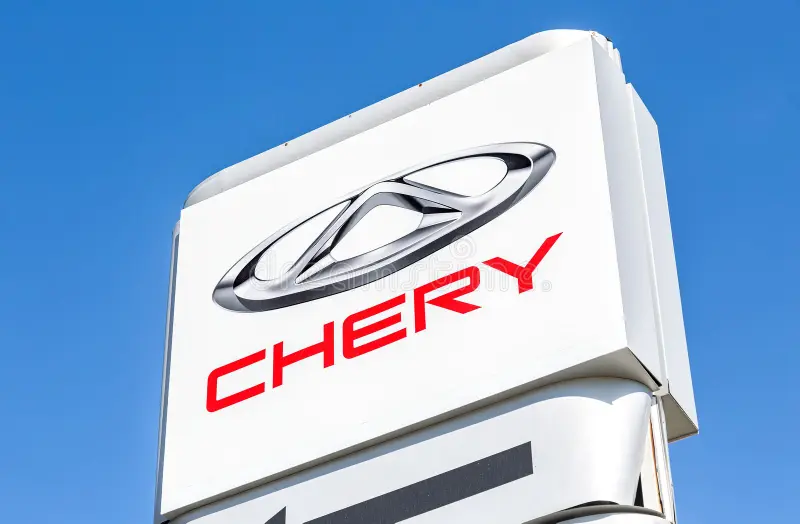
Kia has introduced its Software Defined Vehicle (SDV) technology through its EV9 SUV’s on-demand features and over-the-air (OTA) software updates, allowing customers to remotely purchase and install new software functions based on their needs.
Kia, which is affiliated with Hyundai Motor Group, has recently launched its flagship electric SUV, the EV9. Notably, it is the group’s first model to offer a range of digital features and services accessible via the Kia connect store.
The EV9’s electrical/electronic (E/E) architecture allows for OTA software updates, giving customers the added flexibility to select the features they want to upgrade.
In addition to innovative experiences, such as Highway Driving Pilot (HDP)(1), which provides conditional Level 3 autonomous driving, further on-demand services will be continuously introduced through the Kia connect store, providing personalised experiences and new value for customers through advanced SDV technology.
Hyundai Motor Group’s future roadmap for SDV, announced last October at the Unlock the Software Age event, highlights the safe and comfortable freedom of movement offered by software.
Upgradeable software can enhance vehicle functions, including safety, convenience, connectivity, security, and driving performance, to offer innovative customer experiences.
By embracing the latest technology, Kia is providing customers with personalised, cutting-edge experiences and paving the way for a new era of mobility.
Kia’s introduction of the EV9 marks a big step forward for the SDV era. One of the most notable features of the EV9 is its expanded OTA software update capability.
Unlike previous models, the EV9’s OTA software update capability allows for updating not just the vehicle’s core components but also its convenience features, providing the EV9 with endless possibilities as an SDV.
With the expanded OTA software update capability, various functions and convenience specifications can now be added or updated without requiring a separate equipment connection to the vehicle. This is possible through wireless communication between the cloud server and the vehicle, enabling control unit software updates without customers having to visit a service center.
The integration of vehicle control units into four functional areas, based on a domain centralised architecture, is in line with the Group’s SDV strategy. This integration process has significantly reduced the number of control units, providing a robust technological foundation for efficient vehicle function and performance upgrades.











